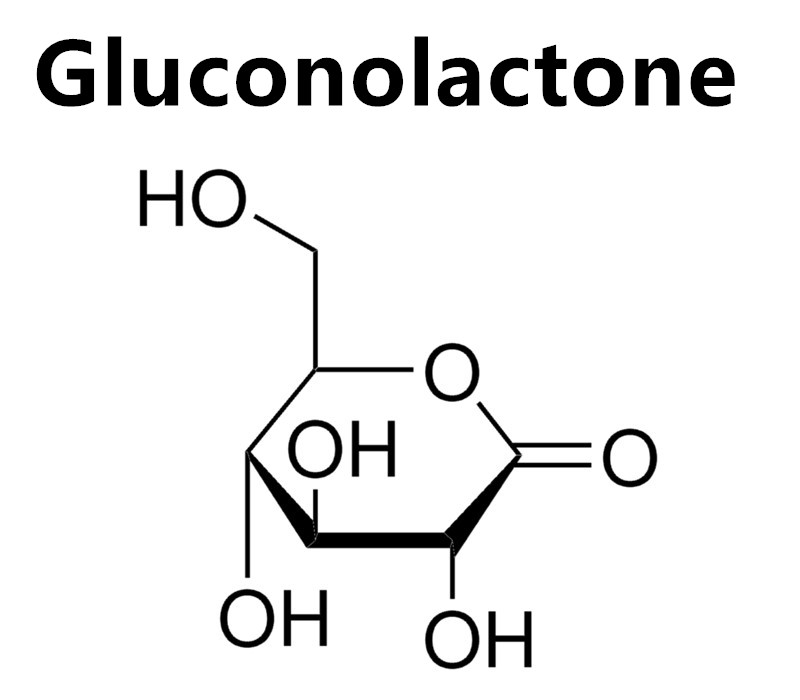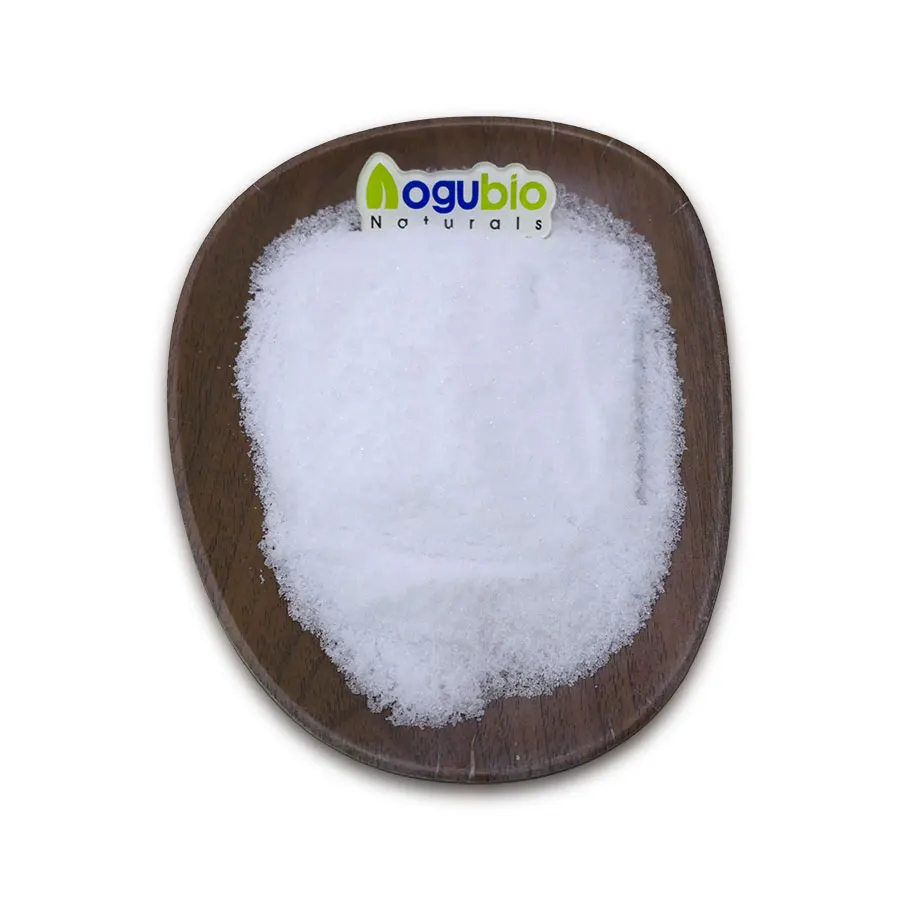What Is Gluconolactone?

inciting traumatic flashbacks to high school chemistry class, you may remember that ‘poly’ means many and that hydroxyl groups are pairings of oxygen and hydrogen atoms. Point being, PHAs such as gluconolactone have several hydroxyl groups, which is what gives them their unique properties and sets them apart from the AHAs and BHAs of the world. “Like other acids, gluconolactone has the ability to remove the dead cells from the outer most layer of the skin, resulting in a smoother, brighter, complexion,” explains Carqueville. The difference?
Those hydroxyl groups make it a humectant as well, AKA an ingredient that attracts water to the skin. And that means that gluconolactone acts not only as an exfoliating acid, but also as a hydrator, making it notably gentler than other acids. It's also a much larger molecule that can't penetrate very deeply into the skin, which is another reason it's gentler and a good option for the sensitive set, Farber adds.

Still, unlike a glycolic or salicylic acid, you’re unlikely to see gluconolactone touted as the star of the show in skincare products, notes Gohara (which explains why you may not have heard of it up to this point). “It’s not necessarily considered an active ingredient, but more of a supporting player, thanks to both its mild exfoliating and hydrating properties," she says. But even though it may be an in-your-face ingredient, it's still worthwhile to seek it out and make it a part of your skincare strategy.
Benefits of Gluconolactone for Skin
If you are considering the use of products that contain Gluconolactone, you may be wondering how effective this ingredient is when compared to AHAs or beta hydroxy acids that are usually used more frequently. Tests on photoaging and Gluconolactone show that this acid reduces the appearance of fine lines and wrinkles that are associated with photoaging after six weeks, and that even greater results were visible after twelve weeks. This means that if you use a cream or serum that contains this ingredient, you will not see immediate results, but after a month or so of continuous use, you should start to see a reduction in fine lines and wrinkles. This makes Gluconolactone a viable ingredient choice for those who aren’t looking for a quick fix for their aging skin and want a product that will give them long-term results instead.
If you have sensitive skin, you should make an effort to understand how long-term use of Gluconolactone may affect your skin and whether it may cause damage that other acids may cause, such as a loss of pigmentation in the treated area.

Exfoliates the skin: As with any acid, it acts as a chemical exfoliating, dissolving the dead, dry cells that sit on top of your skin. This improves texture and tone (in other words, fine lines and spots), and can also help remove excess oil, according to Farber. Though again, because it is a larger molecule, it doesn't penetrate as deeply into the skin as its other acid counterparts. And that makes it notably more gentler, with the potential for unsightly side effects such as redness and flaking greatly decreased.
Hydrates the skin: Those extra hydroxyl groups are what make gluconolactone a humectant, an ingredient that hydrates by attracting water to the skin (other common humectants include hyaluronic acid and glycerin): “AHAs don’t have this water-loving capacity, which is another factor that makes gluconolactone much gentler. It simultaneously exfoliates and hydrates," says Gohara. "So someone who may not be able to tolerate AHAs could likely use gluconolactone without experiencing any irritation," she adds.
Offers antioxidant properties: While it may not be a traditional antioxidant in the same way as vitamin C or vitamin E, there is some evidence that gluconolactone can neutralize free radicals to combat UV damage, Farber says. Gohara attributes this to its chelating properties, which allow it to bind to skin-damaging free radicals caused by exposure to things such as sun and pollution.
May have antimicrobial properties: While the jury is still out on this one, there are some thoughts that gluconolactone may be antimicrobial, which would make it a good option for the treatment of acne, notes Carqueville.
Side Effects of Gluconolactone
“Gluconolactone is considered to be safe for most skin types, including sensitive skin,” says Carquveille. “Though as with any topical acid, you want to be extra cautious if you have a condition where the skin is compromised, such as rosacea or atopic dermatitis,” she adds. And yes, because it is still an acid, redness and dryness are always possible, points out Gohara. Though again, the odds of this are probably less likely than with other acids, such as glycolic or salicylic.
Who Should Use Gluconolactone?
Everyone can use Gluconolactone. But it’s most suitable for sensitive skin that can’t stand any other acids. If glycolic or lactic irritate you, turn to this.
How To Use Gluconolactone?
Gluconolactone may be gentle, but that’s not an excuse to use it everyday. Daily exfoliation is NEVER a good idea.
Use Gluconolactone one or two nights a week, straight after cleansing. Don’t forget to moisturise well afterwards.
Post time: Nov-08-2023




